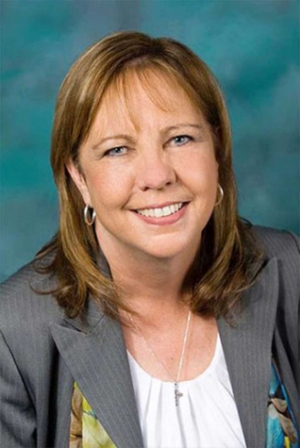|
Carrie Broggie New Mayor of Fillmore
By Anonymous — Wednesday, December 14th, 2016
 Carrie Broggie Tuesday's City Council meeting was packed with residents, there to congratulate new council members, our new mayor, and to express strong opposition to water and sewer rate increases. Carrie Broggie has been voted-in as the new Mayor of Fillmore. She has served with distinction on the Council for the past four years. Brogie replaces former Mayor Diane McCall who has also served with great distinction since her election as Mayor two years ago. Manuel Minjares returns to his seat on the council after the Nov. 8 election. Mark Austin and Tim Holmgren are new to the Council. All three ran unopposed. Former Councilmen Douglas Tucker and Rick Neal both served one term then decided not to run for re-election. Minjares has done great work during his previous four years as Councilman. Mark Austin comes to the council with extensive Planning Commission experience. He resigned from the Commission in 2011 after serving for 12 years. He left the Commission during a curious dispute with the Council over the proposed placement of a cell phone tower, now located adjacent to A Street and the railroad tracks. This was during what the Gazette characterized as the reign of the Katzenjammers, who were later all swept out of office. Austin is the owner of a land use consulting company located in Westlake Village. Holmgren, 57, works for the Santa Paula Unified School District as a computer technician. A resident of Fillmore since 2008, he has been a regular attendee of council meetings for several years, and has spent the past six years as a Fillmore Planning Commissioner. Holmgren started Safeguard Fillmore, an energetic anti marijuana group, largely responsible for having Fillmore being the only city in Ventura County to vote no on Proposition 64, the state marijuana legalization issue. *** The Council chambers was filled to capacity last night. Numerous residents complained bitterly about the new water and sewer rate hike. Many explained that they were on Social Security, and some on disability, with no funds to pay for the new rate hike. Businesses as well strongly disapproved of the new rates, claiming they significantly increase the cost of doing business. Hearing that the same costs in neighboring Thousand Oaks are less by more than 500 percent, the city explained that the financial structure for water and sewer charges in cities with lower rates is completely different. The City of Fillmore must be sure that its bond obligations are met to insure its ratings. If its bond rating drops it damages the ability to borrow and would force the city to pay a higher rate of interest on its municipal bonds. No solution to reduce the new water-sewer rates was suggested. |
